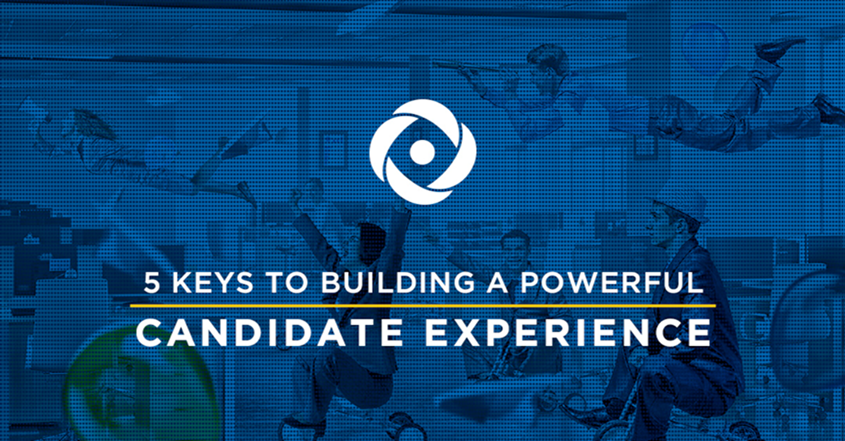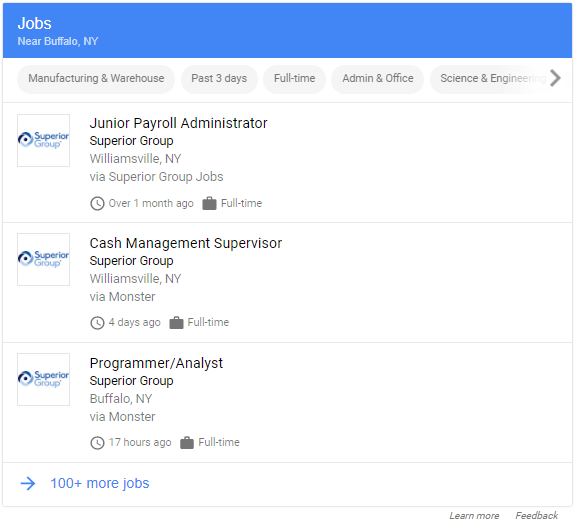
Candidate Experience Isn’t Just About Your Career Site
Frank Gullo, Director of Digital and Mobile Strategy for Acara, writes about areas to focus on for the best candidate experience.
“The last best experience that anyone has anywhere becomes the minimum expectation for the experiences they want everywhere.” You’ll often hear this at marketing and employee experience conferences, and though it’s unclear who said it first, what is certain is that experience matters, and when it comes to technology, it’s always changing.
Discussion about candidate experience often turns to a company’s career site, and rightly so, as the career site is a key destination for candidates considering employment. Are the job descriptions compelling or flat? Is the application process easy or cumbersome? Is the site mobile optimized or still using a legacy desktop design? However, while it’s important to optimize career sites for candidate experience, with today’s mobile and social web, candidate experience interactions are increasingly taking place beyond the career site.
According to a 2017 Talent Board survey of over 180,000 job seekers, candidates typically check a variety of sources when they research jobs, and 42% say that a source other than the company career site was their most valuable resource when evaluating opportunities. Below are the top six sources:
- Company career site, 58.07%
- Employee, candidate or customer referral, 35.71%
- LinkedIn career page(s), 33.69%
- Job boards, 30.64%
- Employer review sites, 29.18%
- Job notification/agents, 28.11%
With so much of the candidate experience taking place beyond the career site, it’s important to ensure those experiences are on brand, seamless, technically smooth, and positive for the candidate. Here are five key candidate experience areas to focus on other than your career site.
- Job boards – Millions of candidates use job boards and aggregators to locate job opportunities every day. In some cases, candidates find and apply to jobs on those sites without ever visiting a company’s career site. Today’s job boards range from standard job boards like Monster and CareerBuilder, to aggregators like Indeed, to online classifieds, like Craigslist. Whatever the platform, it’s important to understand the candidate experience on those job boards and do all you can to ensure it’s positive and integrated with your talent acquisition goals.
- Search – Online search comes in many flavors that impact the candidate job search experience, and there are corresponding search tactics available to improve it. Career site content and organic SEO helps influence search engine result rankings for key terms, pay-per-click (PPC) advertising can drive traffic and experience, and alert tools, like Google Alerts, assist in monitoring what’s showing up in search. In addition, the new Google for Jobs indexes and displays current and relevant job posts right in search engine results.

- Review sites – Based on research, negative reviews impact reputation and customer/candidate acquisition. In addition, companies typically only hear from a small percentage of detractors. Fortunately, review sites like GlassDoor and Vault provide organizations with opportunities to respond to reviews, locate patterns, turn negative experiences into positive ones, and let candidates know that their experience and voice matters.
- Maps and locations – Mobile is critical today, and more and more candidate experiences take place on mobile devices. This is especially true if your company has physical locations. In these cases, part of the candidate experience involves looking up your address in map applications, which increasingly are tied to business pages, like Google My Business and Bing Places for Business. A simple address lookup will show not only the physical location, but also contact and overview information, photos, and reviews. It’s important to know the experience these location-based applications surface and use the management tools available to ensure all the information is accurate and helpful.
- Social media – The use of social media to find jobs continues to grow. According to recent Pew research, of the nearly two-thirds of Americans who use social media, 35% of social media users have used social media to look for or research jobs, and 21% have applied for a job they first found out about through social media. With so much job-related activity occurring now on social, seamless social candidate experience aligns best with a strong, consistent employer brand and useful social jobs content appropriate per network and demographic.
Candidate experience is more important than ever. With low unemployment, a skills gap, and fierce competition for talent, having a great candidate experience is critical. The above are just a few of the key areas to focus. What are yours?



